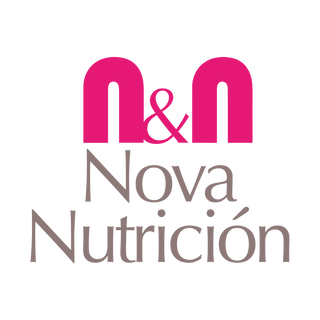If you suffer from bone and joint pain, you probably already know that it worsens in cold weather. In autumn, in fact, it becomes much more noticeable, but can we prevent it? Below, we explain why damp weather makes joints hurt and, more importantly, how we can prevent it from happening. Let's get started!
Why do joints hurt starting in the fall?
Joints really do start to ache and/or become uncomfortable because the temperature drops and relative humidity increases. This is related to barometric factors. Many people still have a romanticized memory of how their grandfather or aunt "felt" when it was going to rain. Well, this makes more sense than it seems, since the cold causes vasoconstriction, which inhibits blood flow to the muscles. This causes people with pre-existing conditions to experience stiffness and contractures, which tend to worsen in these situations. The cold is also a silent enemy of the elasticity of ligaments and tendons.
Furthermore, collagen loss increases with age, creating a "perfect" breeding ground for problems to worsen in the cold. Even so, there are several methods that can help slow the progression of joint and bone pain, even during winter.
Tips to avoid the symptoms
- The first step is to protect yourself from the cold. Remember to pay special attention to your upper and lower limbs and your head, as these are usually the most exposed areas.
- After spending time outdoors, apply warm compresses or take a relaxing bath.
- In some cases, such as Raynaud's syndrome, which involves vasoconstriction, topical nitroglycerin can help to vasodilate.
- Exercise, as much as possible: Moderate exercise is linked to numerous benefits. One of them is the care of bones and joints.
- Anti-inflammatory diet: Certain foods have been shown to be natural anti-inflammatories. This includes foods rich in Omega-3 fatty acids, ginger, oily fish, and others high in vitamin D. Also included are foods containing pure astaxanthin.
- Specific supplements: Autumn and winter are typically the times of year when dietary supplements are most frequently prescribed due to the decrease in daylight hours (vitamin D deficiency) and bone and joint pain. Hydrolyzed collagen supplements with other ingredients can help alleviate these symptoms.


